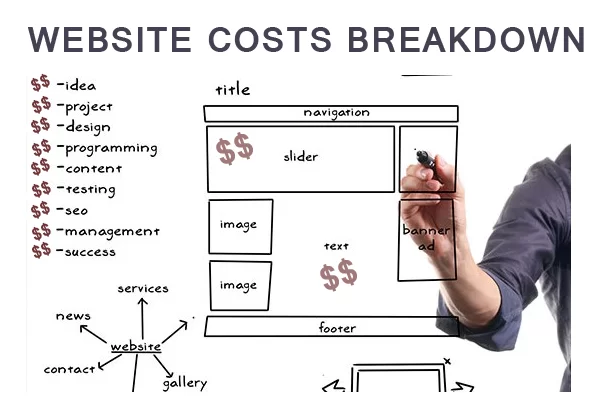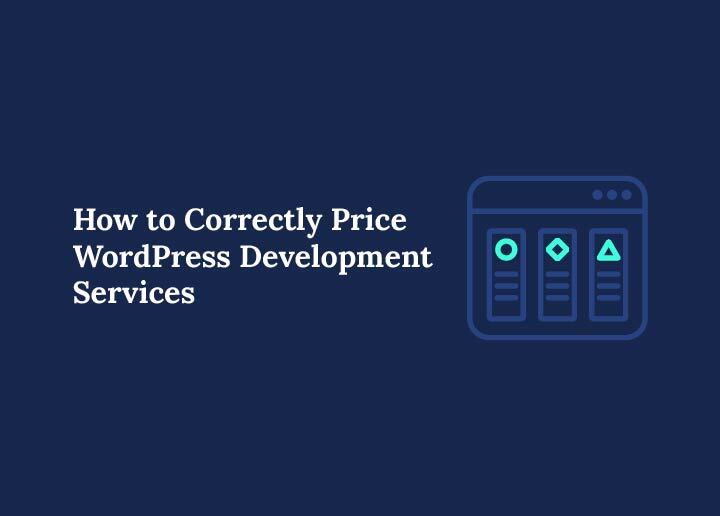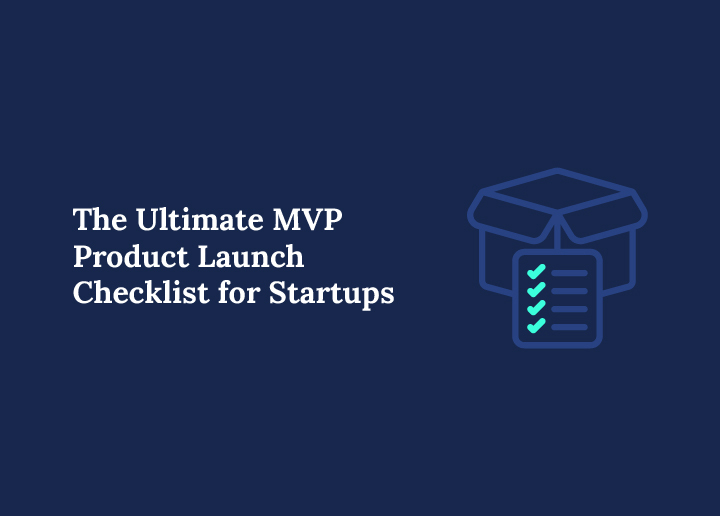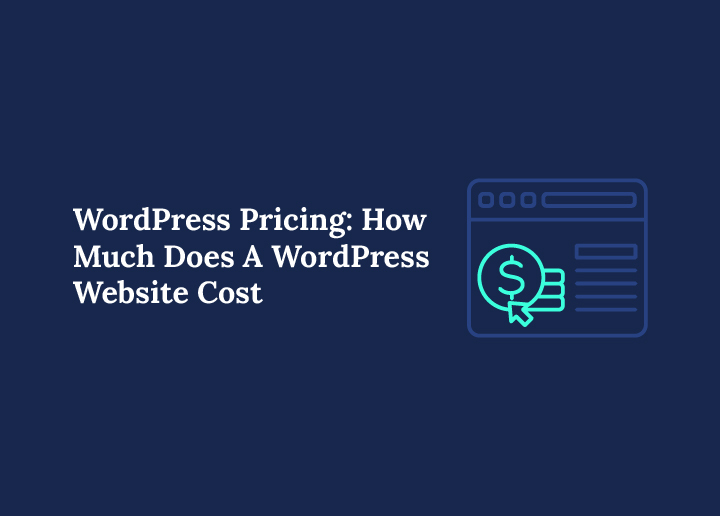Pricing WordPress development services isn’t just about throwing a number at a client and hoping it sticks. It’s an art and a science, one that requires a deep understanding of your skills, the market, and most importantly, the value you bring to the table.
Whether you’re a freelancer just starting out or a seasoned developer looking to refine your pricing strategy, getting the numbers right is crucial for your business’s sustainability and growth.
In this guide, we’ll walk you through a step-by-step approach to correctly quote prices for WordPress development services. From understanding your client’s needs to choosing the right pricing model and presenting a professional quote, we’ve got you covered.
By the end of this guide, you’ll have the confidence to set prices that reflect your true worth and attract clients who appreciate the value you deliver. Let’s dive in and take the guesswork out of pricing!
Understanding the Basics of Pricing WordPress Development
When it comes to pricing your WordPress development services, a solid foundation is key. Let’s break down the core factors that should guide your pricing decisions.
The Role of Experience and Expertise
Your experience level and specialized expertise significantly influence your pricing. Clients are often willing to pay more for dedicated WordPress developers who bring advanced skills and a proven track record to the table.
As you gain more experience and expand your skill set, your rates should evolve to reflect the higher value you bring to projects.
Market Research: What Are Others Charging?
Understanding what your competitors charge helps you position yourself in the market. By knowing the going rates, you can set competitive prices that align with your skills and the value you offer.
Additionally, researching competitors can reveal pricing trends and help you avoid underpricing or overpricing your services, ensuring you stay attractive to potential clients.
Know More: How to Quote a Website Design or Development Project
Knowing Your Costs
Accurately pricing your services means understanding all the costs involved, from tools and software to the time you invest. Knowing your costs ensures you’re not just breaking even but making a profit.
It’s also crucial to consider hidden costs, such as revisions, client meetings, and any additional resources you might need, to avoid undervaluing your work.
Premium WordPress, Sensible Prices
Our WordPress development services deliver top-tier results without breaking the bank.
Step-by-Step Guide to Correctly Quote a Price for WordPress Development

Quoting a price for WordPress development services can be tricky, but with the right approach, you can ensure that your quotes are accurate, competitive, and reflective of your value. Here’s a step-by-step guide to help you get it right:
Step 1: Understand the Client’s Requirements
Before you can accurately quote a price, it’s essential to fully understand what the client needs.
This step involves gathering detailed information about the project, identifying specific requirements, and asking key questions to uncover any complexities that may affect the scope and cost.
Gather Detailed Information:
- The type of WordPress site they need (e.g., blog, e-commerce, portfolio).
- Required features and functionalities (e.g., custom plugins, integrations, responsive design).
- Any specific WordPress design preferences or branding guidelines.
- Content management needs, such as whether they need help with content creation or WordPress migration.
- Timeline expectations.
Ask the Right Questions:
- “Do you need custom development or will a pre-made theme suffice?”
- “Do you require ongoing WordPress support after the site is live?”
- “Will there be any integrations with third-party services?”
Interesting: Website Design Pricing: The Ultimate Guide for Agencies
Step 2: Estimate the Project Scope
Once you understand the client’s needs, the next step is to break down the project into manageable components.
This helps in accurately estimating the amount of work involved and the resources required, ensuring that nothing is overlooked in your pricing.
Break Down the Project:
- Design (mockups, revisions, UI/UX considerations).
- Development (front-end, back-end, custom features).
- Testing and Quality Assurance (cross-browser testing, mobile optimization).
- Launch and Post-Launch Support (deployment, bug fixes, website maintenance).
Consider Time and Resources:
- Estimate how much time each component will take and what resources are needed (e.g., additional developers, designers, or tools).
Learn: Best WordPress Development Agencies
Step 3: Choose the Right Pricing Model
With a clear project scope in hand, it’s time to decide on the best pricing model. This section covers different pricing strategies, helping you choose one that aligns with both the project’s nature and your business goals.
Hourly Rate:
- Ideal for projects with a lot of uncertainties or ongoing changes.
- Calculate the project duration and multiply by your hourly rate.
Fixed Price:
- Best for projects with clear, well-defined scopes.
- Provide a flat fee based on time estimates and known costs.
Value-Based Pricing:
- Suitable for projects that deliver significant business impact.
- Charge based on the value the project brings to the client.
Learn More: How Much Does a WordPress Website Cost
Step 4: Factor in All Costs
To ensure your pricing is both fair and profitable, you need to consider all the costs involved. This includes direct expenses related to the project as well as overhead costs. Adding a contingency buffer also helps manage unexpected issues.
Direct Costs:
- Licensing fees for software or tools.
Related: Reasons to Avoid Cheap Hosting for WordPress Websites
Overhead Costs:
- Your own time (project management, client communication).
- Taxes and other business expenses.
Contingency:
- Add a contingency amount (typically 10-15%) to cover unexpected issues or scope changes.
Step 5: Research Market Rates
To position your pricing competitively, it’s important to research what others in your field are charging. This step helps you understand market standards and ensures your prices align with the value you’re offering.
- Competitor Analysis:Research what competitors are charging for similar services in your area or niche.
- Benchmarking:Use online tools and freelance platforms to benchmark typical rates for WordPress services.
More to Know: Why You Should Hire WordPress Developers from India
Step 6: Draft a Detailed Quote
Creating a detailed, well-organized quote is crucial to communicate the value you provide. This section emphasizes the importance of itemizing services, including payment terms, and outlining a clear timeline for the project.
- Itemize Everything: Provide a breakdown of the costs, listing each service or deliverable with its corresponding price.
- Include Payment Terms: Specify payment terms clearly, such as deposit requirements, milestone payments, and final payment and delivery terms.
- Outline the Timeline: Provide a timeline that aligns with the scope of work and payment terms, ensuring the client knows when to expect each deliverable.
Find Out: Best Sites to Hire WordPress Developers & Designers
Step 7: Present the Quote Professionally
How you present your quote can impact the client’s perception of your professionalism and value. This step discusses the importance of a well-organized presentation, highlighting the value of your services, and offering a consultation for further discussion.
- Presentation Matters: Ensure the quote is professionally formatted and easy to understand.
- Highlight Value: Emphasize the value you’re providing, not just the cost.
- Offer a Consultation: Include an option for a follow-up call or meeting to discuss the quote and answer any questions the client might have.
Step 8: Follow Up
After sending the quote, it’s important to maintain communication with the client. This final step covers how to follow up professionally, address any concerns, and be open to negotiation if needed.
- Timely Communication: Follow up within a few days to check in with the client and address any concerns.
- Be Open to Negotiation: Be prepared to negotiate if necessary, but know your bottom line. Offer alternative solutions if the client’s budget is lower than your quote, such as reducing the project scope or offering a phased approach.
Common Mistakes to Avoid When Pricing Your WordPress Development Services

Pricing your WordPress development services correctly is crucial for your business’s sustainability and success. However, it’s easy to make mistakes that can undermine your profitability or client relationships. Here are five common mistakes to avoid:
Underpricing to Win Clients
One of the biggest mistakes is setting your prices too low in an attempt to attract more clients. While it might seem like a good strategy to build your portfolio, underpricing can devalue your work and lead to unsustainable business practices.
It can also attract clients who are more focused on cost than quality, leading to potential dissatisfaction and negative word-of-mouth.
Not Being Transparent About Pricing
Lack of transparency in pricing can lead to misunderstandings and disputes down the line. It’s essential to clearly communicate your pricing structure, what’s included, and any potential extra costs.
If clients feel like there are hidden fees or unclear terms, it can damage your credibility and trustworthiness.
Read: How Can You Build Trust With Clients
Ignoring the Client’s Perception of Value
Your pricing should align not only with your costs and desired profit but also with the client’s perception of value. If a client doesn’t see the value in what you’re offering, they may hesitate to agree to your price.
It’s important to clearly articulate how your services will benefit the client and contribute to their goals, ensuring that your pricing reflects that value.
Read More: Steps to Develop a Profitable Website Creation Business
Failing to Adjust Pricing Over Time
As you gain more experience and your skills improve, your pricing should reflect that growth. Failing to adjust your rates over time can leave you undercharging for the value you bring.
Regularly reviewing and increasing your rates is essential to keep your business profitable and in line with market standards.
Read More: WordPress Website Design: Reasons to Hire a Professional Agency
Overlooking the Importance of Market Research
Not keeping an eye on what others in your field are charging can lead to pricing that is either too high or too low.
Regular market research ensures that your pricing is competitive and aligned with industry standards, helping you position yourself effectively in the market.
More Insights: Client Retention Hacks: Using White-Label WordPress Development to Wow Your Clients
Key Factors That Influence WordPress Development Pricing
When you try to price WordPress development services, it’s not as simple as throwing out one flat number. Let’s break it down in plain English.
- Type of Website: A basic website costs far less than an ecommerce website with advanced features. Simple sites might use page builders or a drag and drop interface, while complex WordPress projects need custom themes, premium plugins, or even custom WordPress plugin development, all of which raise the development cost.
- Website’s Design & Functionality: Template-based WordPress websites are faster and cheaper, but custom design and custom solutions offer extensive customization options. More complex WordPress website development often needs experienced developers, custom post types, and performance optimization, which affects WordPress website design pricing.
- Hosting & Domain Costs: Your WordPress site cost also depends on hosting. Shared hosting is cheaper, but managed WordPress hosting or dedicated hosting offers better speed and security. Some hosting providers include a free domain and SSL certificate, which can save on hosting prices.
- SEO & Marketing Add-ons: Adding built-in SEO tools, AIOSEO, Google Analytics, and SEO optimization improves your site’s search engine visibility. These extras can increase the WordPress development costs, but they’re key for ranking in search engines.
- Maintenance & Support: Ongoing maintenance and website maintenance keep a WordPress site secure and fast. Many WordPress development agencies offer maintenance services, plugin development updates, and exceptional customer service as part of a monthly plan.
Final Thoughts
Pricing your WordPress development services isn’t a one-time task; it’s an ongoing strategy that evolves as your business grows and market conditions change.
The key to successful pricing is flexibility, being willing to adjust your rates based on your experience, the value you provide, and shifts in the market. Regularly reviewing your pricing structure helps ensure that you’re not only covering your costs but also charging what you’re truly worth.
Remember, your pricing strategy should reflect the quality of your work and the benefits you deliver to your clients. As you continue to refine your skills, build your portfolio, and gain more clients, your pricing should evolve to match the increasing value you bring to each project.
Keep communication open with your clients, be transparent about your pricing, and never be afraid to reassess and adjust as needed.
In the end, the goal is to develop a pricing strategy that’s sustainable, competitive, and profitable, one that allows you to grow your business while delivering exceptional results to your clients.



